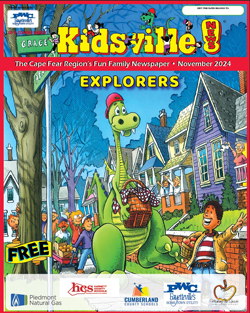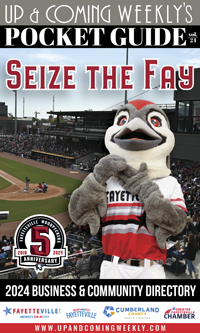About 30 percent of North Carolina’s 6.8 million registered voters are Republicans. So how in the world do Republicans ever win election in the Tar Heel State?
Be careful how you answer that question. GOP candidates have done quite well in recent election cycles. Yes, Republican margins in the North Carolina House and Senate are padded by favorable district maps. But they’ve still won a majority of the statewide vote for legislature in every election since 2010. By contrast, during the previous decades, Democrats often won seat majorities despite losing the “popular vote” for legislature statewide. Republicans also hold a majority on the Council of State, composed of executives elected statewide, as well as on the state court of appeals.
Obviously, GOP candidates can’t win with registered Republicans alone. They have to get other voters to cross over. So do state Democrats, who make up 39 percent of the electorate. Almost all the remaining voters are registered as unaffiliated, with about half a percentage point consisting of registered Libertarians.
To say that 30 percent of North Carolina voters are unaffiliated is not, however, to say that 30 percent of North Carolina voters begin each election as truly undecided and then “swing” to one or the other major party. Careful studies of voting behavior identify only about 10 percent to 15 percent of the electorate as true swing voters in today’s polarized politics.
A new survey commissioned by the Civitas Institute of unaffiliated voters in North Carolina offers additional support for this model of the electorate. Of its random sample of 400 unaffiliated voters, about a third said they identified more with the Republican Party than the Democrats, a comparable percentage opted for Democrat over Republican, and the remaining third were truly independent of party preference.
Those fully up-for-grabs independents, then, constitute about a tenth of the North Carolina electorate. Add a few points of registered Democrats and Republicans who aren’t strongly committed to their parties anymore, and you have a reasonable estimate of the swing-voter population in an average election.
Democratic registration has been falling for many years, with Republican registration roughly flat and unaffiliated registration way up. Nevertheless, Democrats still outnumber Republicans. The latter have to win a sizable majority of unaffiliated and mildly Democratic voters in order to be competitive.
We know it’s quite possible to do that, since Republicans have won many (although obviously not all) statewide contests in recent cycles. One reason is that unaffiliated voters, on a whole, are somewhat more amenable to Republican messages than they are to Democratic ones.
Again citing the Civitas poll, unaffiliated voters are more likely to identify as conservative than as liberal, are much more likely to identify as fiscally conservative
rather than as fiscally liberal, live mostly in suburban and rural areas, favor capital punishment, overwhelmingly favor either outright or partial repeal of Obamacare, and overwhelmingly favor a photo-ID requirement to vote.
On the other hand, unaffiliated voters are more split when it comes to social issues such as abortion. And at present, they are souring on the Republican Party as a brand. They disapprove of President Donald Trump’s job performance by a 53 percent to 43 percent margin, while approving of Democratic Gov. Roy Cooper’s job performance by 56 percent to 27 percent. Their favorability ratings of the Democratic Party are mixed. Their ratings of the Republican Party are not, at 28 percent favorable to 50 percent unfavorable.
This is probably a Trump phenomenon, not a larger, lasting realignment. The 2018 midterms also remain quite a ways off. In 2013, for example, a comparable Civitas poll of unaffiliated voters had Democrats up 10 percentage points over Republicans in the generic ballot for legislature. As we know, that edge didn’t stick through 2014. On the other hand, that cycle occurred under a somewhat-unpopular Democratic president. The 2018 cycle may well occur under a more-unpopular Republican one.
I’d describe the survey’s findings as good news for Democrats — with the usual admonition against counting unhatched chickens.

 How to resolve AdBlock issue?
How to resolve AdBlock issue? 








